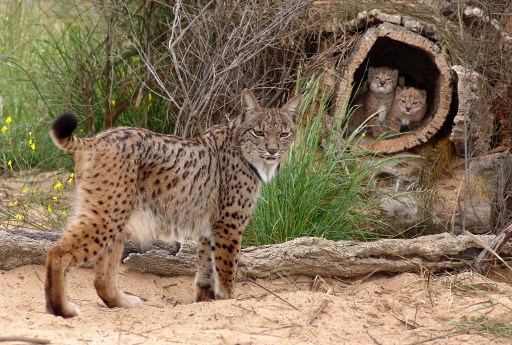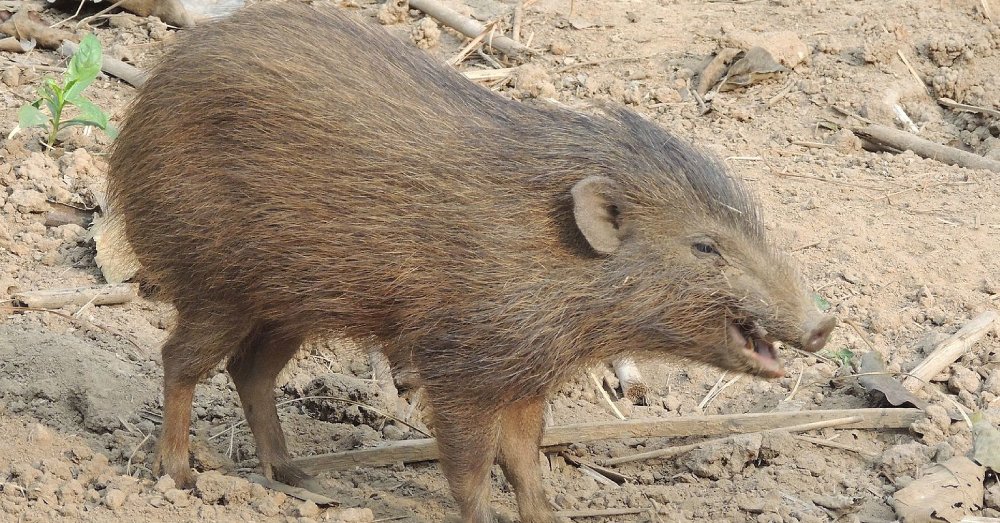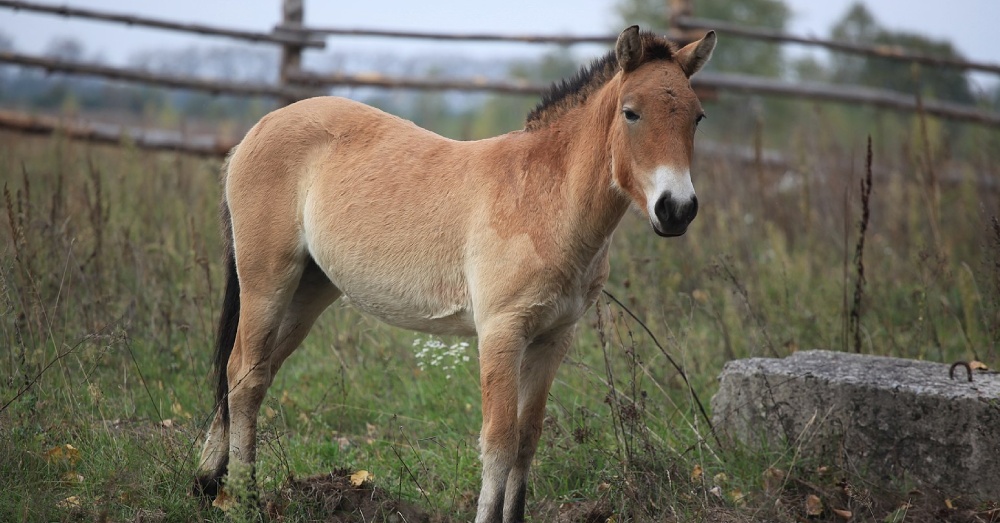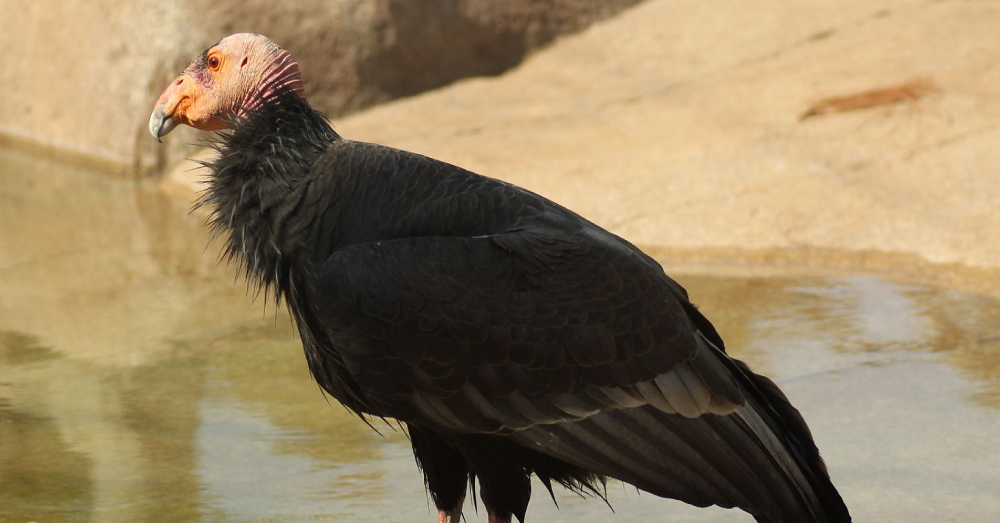- Inspiring People -
- 5mins -
- 779 views
Dozens of species saved from extinction by conservation efforts, study shows
A recent study found up to 48 bird and mammal extinctions have been prevented by conservation efforts, and extinction rates since 1993 would have been ‘three to four times higher’ without action.
Many more species would have disappeared without conservation efforts, says study
Researchers have examined the impacts of conservation efforts on animals that were nearing extinction as far back as 1993, and the data suggests that anywhere between 28 and 48 species have been saved from extinction thanks to various conservation programs. The Iberian lynx, California condor and pygmy hog are among animals that would have disappeared without reintroduction programmes, zoo-based conservation and formal legal protections since 1993, the research led by scientists at Newcastle University and BirdLife International found. The researchers also said there is still more work to do, and there are many species that are endangered or critically endangered today.

“The knowledge that we can turn things around… is quite powerful.”
In the midst of the global ecological crisis, at least 48 bird and mammal species have been saved from extinction in the last few decades thanks to focused conservation efforts supported by the UN Convention on Biological Diversity. TheRainforestSite listed among those species:
- Black-footed ferret
- Iberian Lynx
- Javan rhinoceros
- Pygmy hog
- California Condor
- Pink pigeon
- Przewalski’s horse
- Puerto Rican amazon
- Vaquita
According to The Guardian, citing a recent study by scientists at Newcastle University and BirdLife International, these species would have vanished without reintroduction programs, zoo-based conservation and formal legal protections that have been taking shape since 1993.
“It’s nice to have these positive stories to show that, actually, we can make a difference,” Rike Bolam, a postdoctoral researcher in biodiversity policy at Newcastle University in England, and leader of the study, told the New York Times.
“There is so much negative press about biodiversity loss, but the knowledge that we can turn things around, even if it’s just for a small number of species, is quite powerful.”
Source: TheRainforestSite/GreaterGood


Extinction rates would have been 2.9–4.2 times greater without conservation action
Bolam and his team of researchers used previous biological studies to estimate the number of bird and mammal species who were saved from extinction between 1993–2020.
“We found that conservation action prevented 21–32 bird and 7–16 mammal extinctions since 1993, and 9–18 bird and two to seven mammal extinctions since 2010,” the team of researchers wrote, adding a caveat that “Many remain highly threatened and may still become extinct.”
During the same span of time, at least 15 more animal species have gone extinct, but “extinction rates would have been 2.9–4.2 times greater without conservation action,” the study maintains. However, this is no time to pause for celebration. The researchers also said “Future biodiversity action needs to be scaled up to avert additional extinctions,”
The climate crisis, habitat loss, and increasingly devastating natural disasters are making it harder to find the resources and safe open spaces to support this action.
According to the Wildlife Society, dwindling resources means that we may have to some day make the hard choice of deciding which critically endangered species to concentrate conservation programs on, and which to leave to fend for themselves.
Newcastle University professor Phil McGowan co-led the study with Bolam and also leads an IUCN Species Survival Commission taskforce. McGowan said the news of these 48 species saved from extinction were “a glimmer of hope” but that the work is only going to get harder, and more crucial, from here on out.
“We usually hear bad stories about the biodiversity crisis and there is no doubt that we are facing an unprecedented loss in biodiversity through human activity,” he told The Guardian, adding
“The loss of entire species can be stopped if there is sufficient will to do so. This is a call to action: showing the scale of the issue and what we can achieve if we act now to support conservation and prevent extinction.”
Source: TheRainforestSite/GreaterGood


